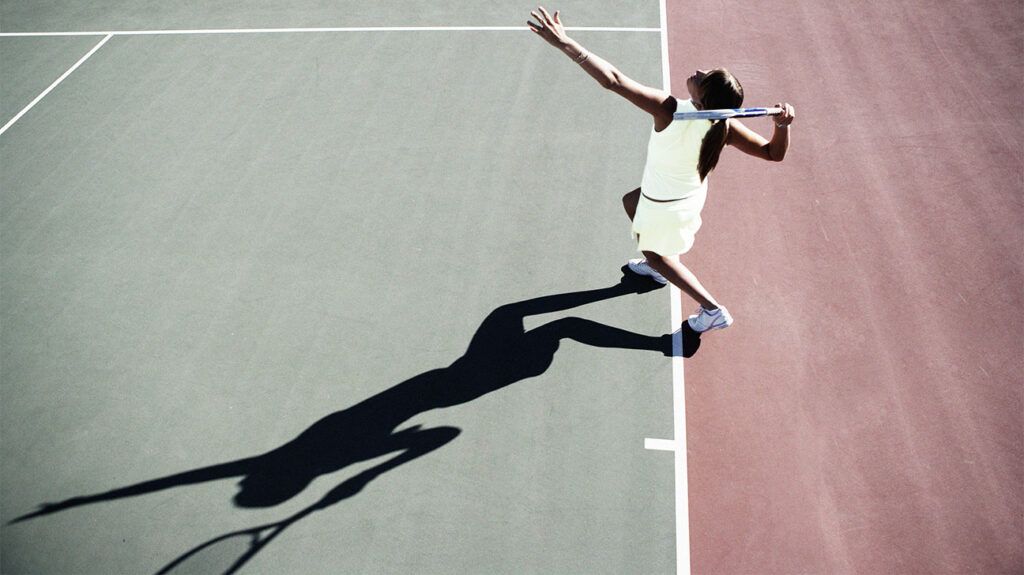The obliques are the muscles running down either side of the abdomen. Pain in these muscles often occurs due to a type of injury known as “side strain.”
There are two sets of oblique muscles: external and internal obliques. External obliques sit on the outer edge of the abdomen, and internal obliques sit directly next to them, closer to the core. These muscles work together when people twist or rotate their bodies at the core.
Gentle, controllable oblique muscle pain might be natural when performing exercises that target the obliques, such as bicycle crunches. However, injury to the internal obliques can also occur when performing certain throwing, twisting, or swinging motions that overextend the muscle and cause tears.
This article explains oblique strains, why they happen, and how to manage them.

Oblique muscle pain occurs due to side strain. According to a
- baseball, especially for pitchers and position players
- cricket, especially for bowlers
- handball
- rowing
- javelin
- tennis
- soccer
- golf
Strains generally affect muscles and tendons. Tendons attach muscles to bones, transmitting strength and supporting movement. However, during an overstretch, tendons and muscles may partially or totally sever from the bone. During oblique strains, the tendon may tear from the lower ribcage.
According to a
Oblique strains cause
These injuries usually involve overextending the muscle and straining the side of a person’s nondominant arm. For example, if someone throws with their right arm, the side strain will occur on their left oblique.
Conservative treatment is usually enough to treat oblique muscle strains. In a
- taking pain relief medications, such as ibuprofen, to manage pain
- wearing a compression bandage to support the tendon and muscle
- resting
to prevent further damage and reduce the risk of aggravating the injury - engaging in physical therapy to restore function, flexibility, and strength to the muscles
- applying an ice pack for up to 15 minutes might also help muscle strains in general, although no research is available on the specific benefits for oblique strains
People may take several weeks to recover fully from an oblique strain or tear.
People who regularly use movements relating to oblique tears may not be able to prevent oblique strains, especially in competitive sports. However, according to the American Academy of Orthopedic Surgeons, thorough conditioning and training procedures can help reduce the risk.
Other preventive measures might include:
- A balanced fitness regime: A person can complete workouts that balance cardio, strength training, and flexibility work, introducing new moves and exercises slowly and carefully.
- A full warm-up before exercise: Even before light stretching, warming up can reduce the risk of muscle strains. A person can try a few minutes of slow, deep breathing and gently rehearsing potentially problematic movements. These movements may include overhead throwing while twisting or even jogging on the spot. These may help loosen muscles and tendons and improve blood flow.
- Stretching: A person can stretch gently and slowly until muscle tension in the target muscle becomes obvious. They then hold it there for 10–20 seconds and carefully release the stretch. It is best to only do the same stretch once in any session, stay controlled, and after experiencing pain.
- A full cooldown after exercising: Cooling down should take twice as long as the warm-up. A person can reduce exercise intensity and speed for around 10 minutes before the end of the session.
- Planned rest days: A person needs to avoid overexerting every single day. People who feel tired or notice physical pain can take a rest day to recover.
The following are answers to common questions people frequently ask about oblique muscle pain.
How long does it take for a strained oblique muscle to heal?
Many athletes are well enough to return to play within
How do you know if a person has torn a muscle?
Symptoms of a muscle tear might include:
- sudden, severe pain
- muscle symptoms, including tenderness, weakness, cramping, or spasms
- swelling and bruising
- inflammation
- not being able to push down on the area without feeling pain
An MRI scan
Oblique muscle pain occurs due to oblique strains and tears, also known as side strain. This often occurs in sports, such as baseball or cricket, that require repetitive twisting and overarm movement. Symptoms may include pain when repeating the movement that caused the injury and tenderness on the side of the nondominant arm.
Conservative treatment often leads to a full recovery within a few weeks. Practicing the correct techniques for a sport and working on conditioning can help prevent oblique muscle strains. Additionally, stretching, warming up, and cooling down when exercising can help.
